Part of the art of figuring out the future is knowing this – you’ll often find the real trend by looking beyond the hype to what’s actually happening! The hype? Virtual headset virtual reality, best epitomized by the bold but somewhat doomed bet by Mark Zuckerberg with his Meta initiative. The reality? The return of Google Glass ideas with smart heads-up display based on accelerated augmented reality technology and concepts.
That’s the focus of trend #17 of my 23 Trends for 2023 – Non-Immeservice VR / AR.
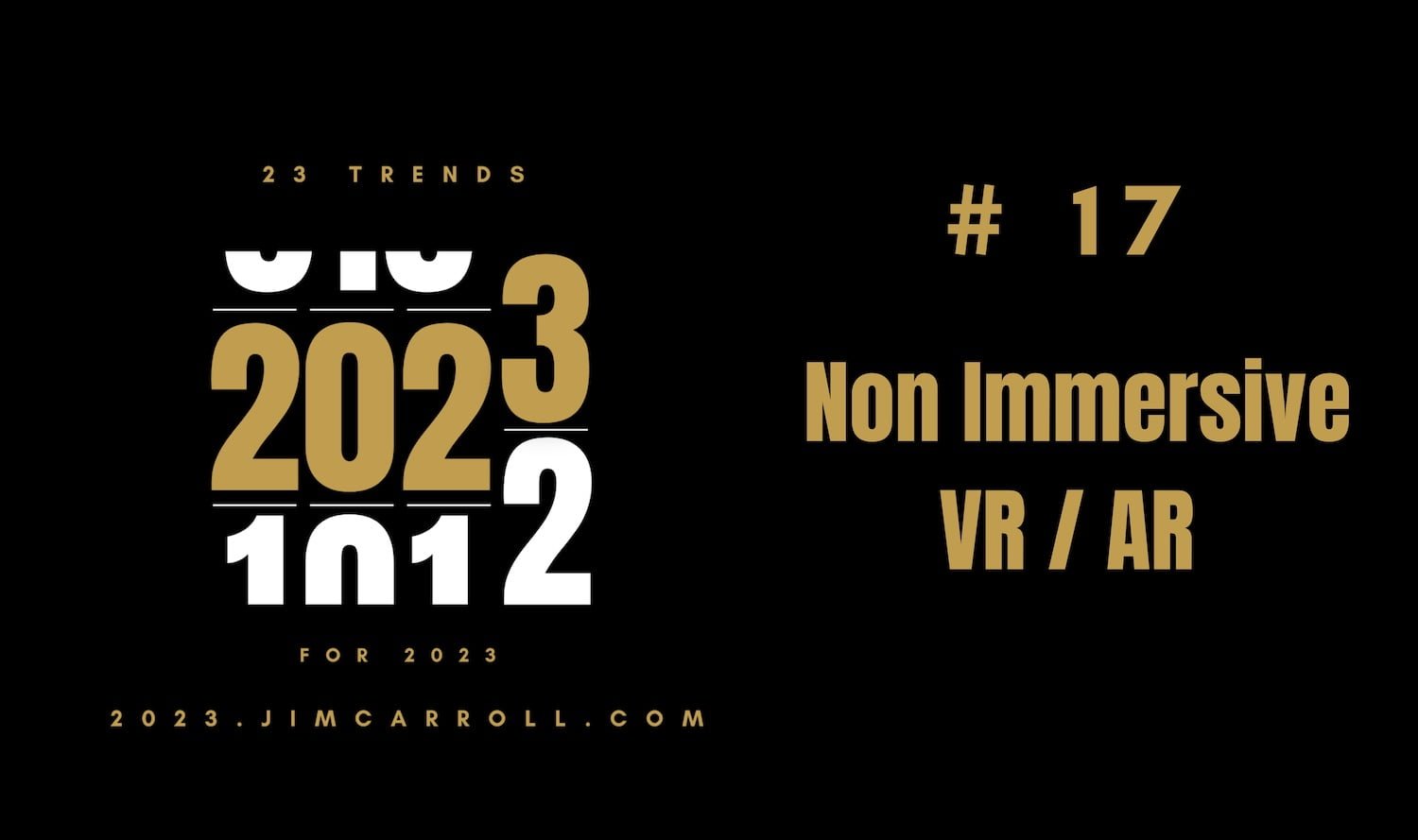
Non-immersive, in that this isn’t a headset that you wear but the hardware you glance at that provides you detailed information about the space around you – the marriage of AR and HUD (augmented reality in heads-up displays). In 2023, a greater number of organizations are going to discover this is the real VR / AR opportunity, not the crazy headset idea being pushed by Facebook, er, Meta. That will always be a fascinating but niche-oriented bit of hardware that will provide much amusement and fun but not a lot of business applications.
I first became really excited about the mainstreaming of AR – augmented reality and HUD technology – when an Air Canada pilot that I follow on social media began to post an increasing number of photos from the cockpit of the Airbus A220, which features a sophisticated heads-up display screen, much like we might see in a modern fighter jet. That indicated to me that this was a technology that was finally going mainstream because it had practical applications – augmenting your world with valuable, up-to-date information; in this case, critical flight data, updated in real-time and available at a glance.
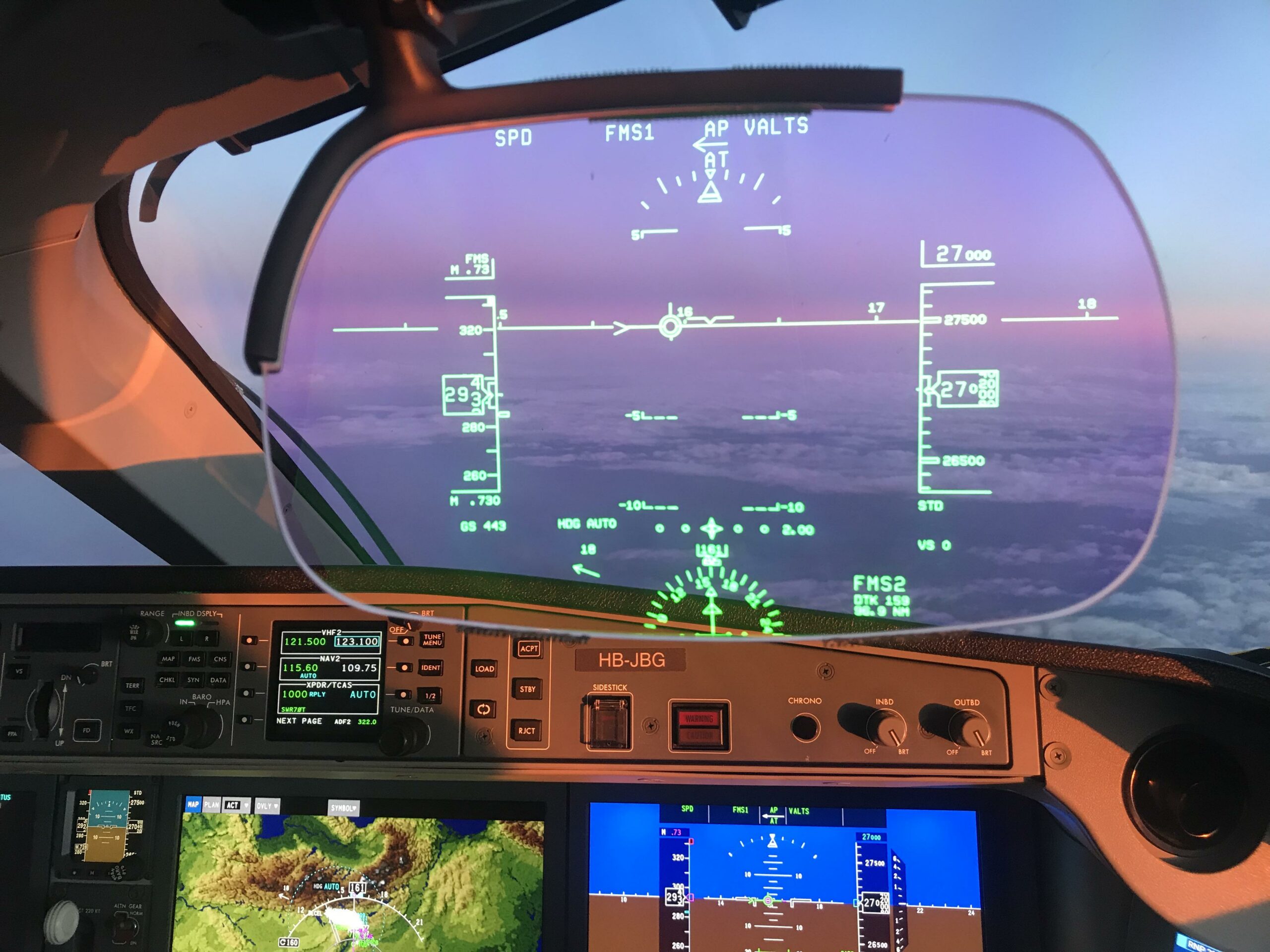
As I began seeing these photos some years ago, I realized that while Silicon Valley was hyping the clunky headset, practical people were involved in building real applications based on something that was not immersive.
That’s why, when considering a trend, you might often find the reality not in the thing that is hyped, but in the things happening around it. It’s not VR that is real -it’s AR. I posted this as a comment to Mastodon – a fast-emerging alternative to the hate bucket that Twitter has become – and received this response from ‘Ralph058’
@jimcarroll This has a ring of truth to it. The “Self Driving Car” is not the trend. It is the ubiquitous growth of autonomous systems because of it. Autonomy Engineering is a field. I’ve interviewed for making construction equipment, mining equipment, pleasure boats, airplanes, commercial trucks, and of course automobiles “self driving”
Ralph058
@Ralph058@techhub.social
This echoes what I see happening. I own a Tesla with ‘self-driving’ technology. It’s not. Not self-driving nor ready for prime time everywhere, and so I have become quite skeptical about the mainstreaming of that technology as hyped by Tesla. But i do see self-driving emerging with road trains, trucks, mining equipment, and more. Look beyond the hype to discover the reality.
Back to HUD and AR.
The more I thought about it, I realized that what was really coming together was the marriage of several trends – data generated by digital twin technology, the increasing sophistication of HUD or heads-up display technology, and augmented reality concepts. These aren’t new trends – but they’ve come together at the right time to provide wonderful business opportunities. Think about it this way – we are seeing the emergence of a world of 3d visualization with data, and that has applications in building design, manufacturing, construction, healthcare … just about everywhere!
Digital Twin Technology
Let’s start with digital twin technology, something that hasn’t been terribly hyped but has become wonderfully significant, being implemented pretty much under the radar everywhere.
What is it? 3d visualization with data!
“In simple terms, a digital twin is a virtual representation of a physical asset or process. It is continually updated from real-time data, analyzing multiple scenarios at once to optimise decision making and generate performance insights. These insights enable manufacturers to improve overall business agility by responding to a range of ‘what if’ scenarios much more quickly.
How Digital Twin Tech Can Improve Cost Predictability
6 December 2022 Mondaq Business Briefing
Think about it this way : it’s intelligent geometry.
With a digital twin model, they can get a true sense of the scale of the rooms being created. The construction industry has been using computer-aided design for a long time, says Robinson, who refers to this as “dumb geometry.” For example, you draw a square and call it a window.
“Even if you do the same in 3D, I’d still call it dumb geometry,” she says.
Intelligent geometry is where the design of your building holds a lot more information. For example, in a digital twin model, the windows contain all the data, like warranty information, installation date, and materials, she says.
When you interact with a digital twin model, all this information comes up, so it’s much easier to access, and the model becomes a single source of truth for the building, she says. Why is it called a digital twin? If you’re designing a building using this technology, you’re creating a “digital twin of a physical asset,” says Robinson.
Digital twin tech aids intelligent building design; Models provide much more info than just a project’s appearance, expert says
1 December 2022 Trenton Trentonian
An important part of this trend has to do with the insight and data provided by digital twin technology, which has come into its own as a significant trend. What’s a digital twin? In basic terms, it’s a virtual representation of a physical object, asset, or process, constantly updated in real time.
It might be a visualization of a robotic process, used to engineer a new manufacturing methodology, with this marriage of Smugino robotics and CENIT software for digital twin technology simulation for robotics
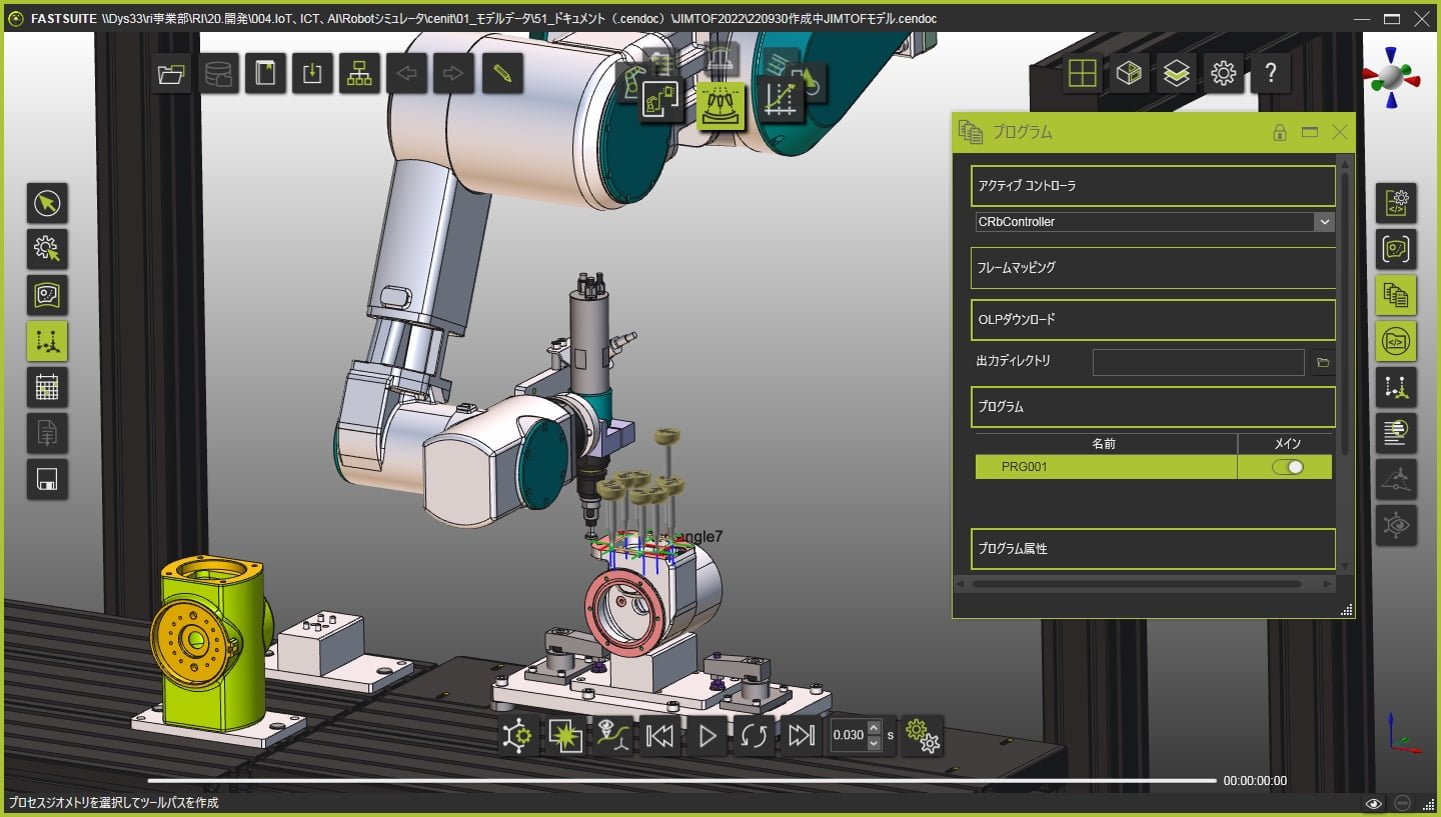
How might this work? Consider this:
Mars is creating ‘digital twins’ of all its manufacturing sites globally so it can simulate changes to production processes before committing to real-world tests.
These virtual representations of the sites – created with Accenture – are fed with real-time data and used to “predict and optimise” any tweaks.
Under a two-year agreement, these virtual versions will run across Mars’ facilities globally. Mars said it planned to apply them to dozens of use cases within the next three years. It is expected the move will make production sites “significantly more efficient and address essential sustainability goals such as water stewardship and reducing waste and total greenhouse gas emissions” Mars told The Grocer.
A digital twin is a virtual model that is designed using real-world data to accurately reflect a physical object, combining several core technologies such as AI, the Internet of Things, the cloud and extended reality, according to experts.
Mars creates ‘digital twin’ sites for tests
15 October 2022, The Grocer
It might be a virtual representation of an urban area:
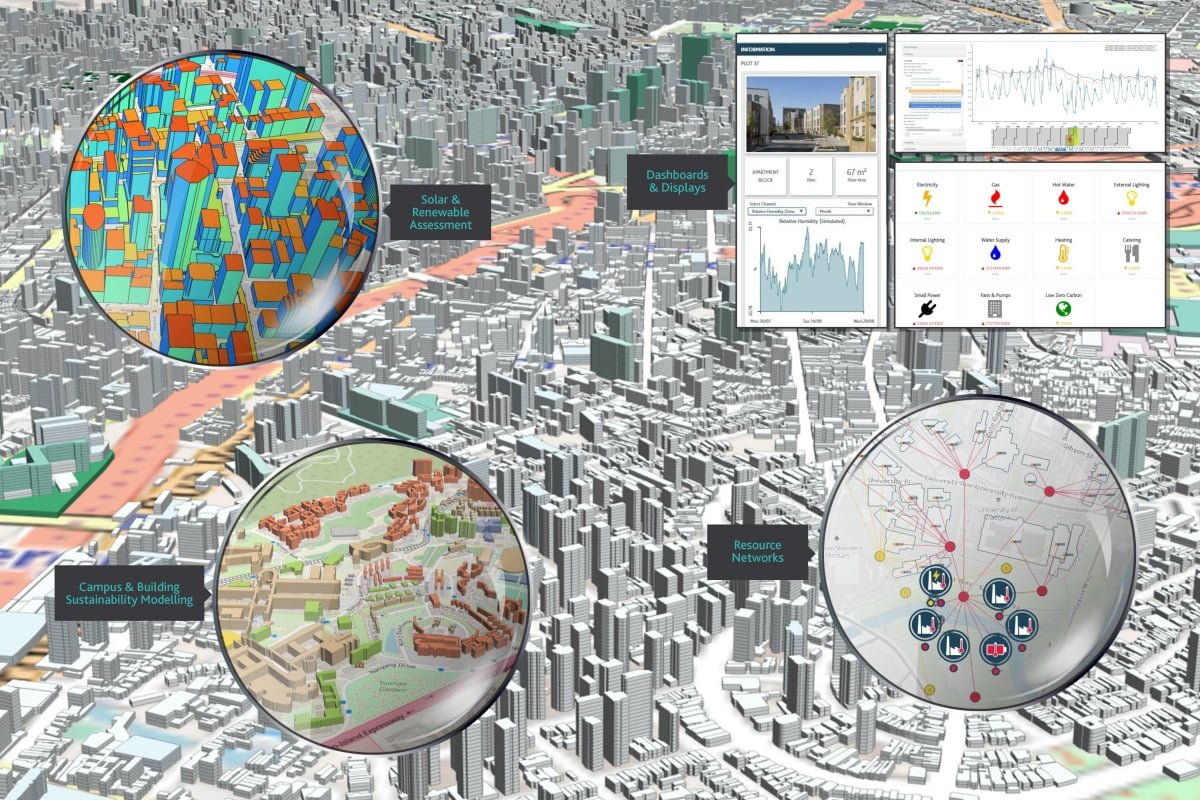
Consider this example of how digital twin technology can be used for natural resource management as another example.
The “digital wings” is a digital twin system of the Shule River, a national pilot project launched by China’s Ministry of Water Resources in February this year. The project has created a virtual version of the Shule River in the digital world, which simulates all factors of the physical river and the whole process of water management based on the physical river basin, spatial-temporal data, mathematical models and water conservancy knowledge.
“To make it simple, it is a ‘twin’ of the river and water conservancy projects in the virtual world. The sensors deployed along the water course and on the bank slopes can ‘feel’ what’s happening like a neural network,” said Xia Tian, director of the cyber security office of the information center of Gansu province’s water resources department.
China’s Gansu province powers water conservancy with digital twin technology
10 December 2022, People’s Daily Online
Or a virtual – and 3D – representation of a farm with data. Watch this video to get a sense of what’s possible.
Digital twin technology provides a lot of real time, intelligent insight into ‘things.’
Augmented Reality
Now imagine that data can be used for AR – taking the virtual digital twin data and presenting it within your real world as augmented information.
That’s not new – the idea and concept have been with us for quite some time. You can play with AR on your iPhone, for example:

Now imagine that you can take the insight generated by digital twin technology and see in an AR form. I’ll simply present some images to help you ‘see’ that.
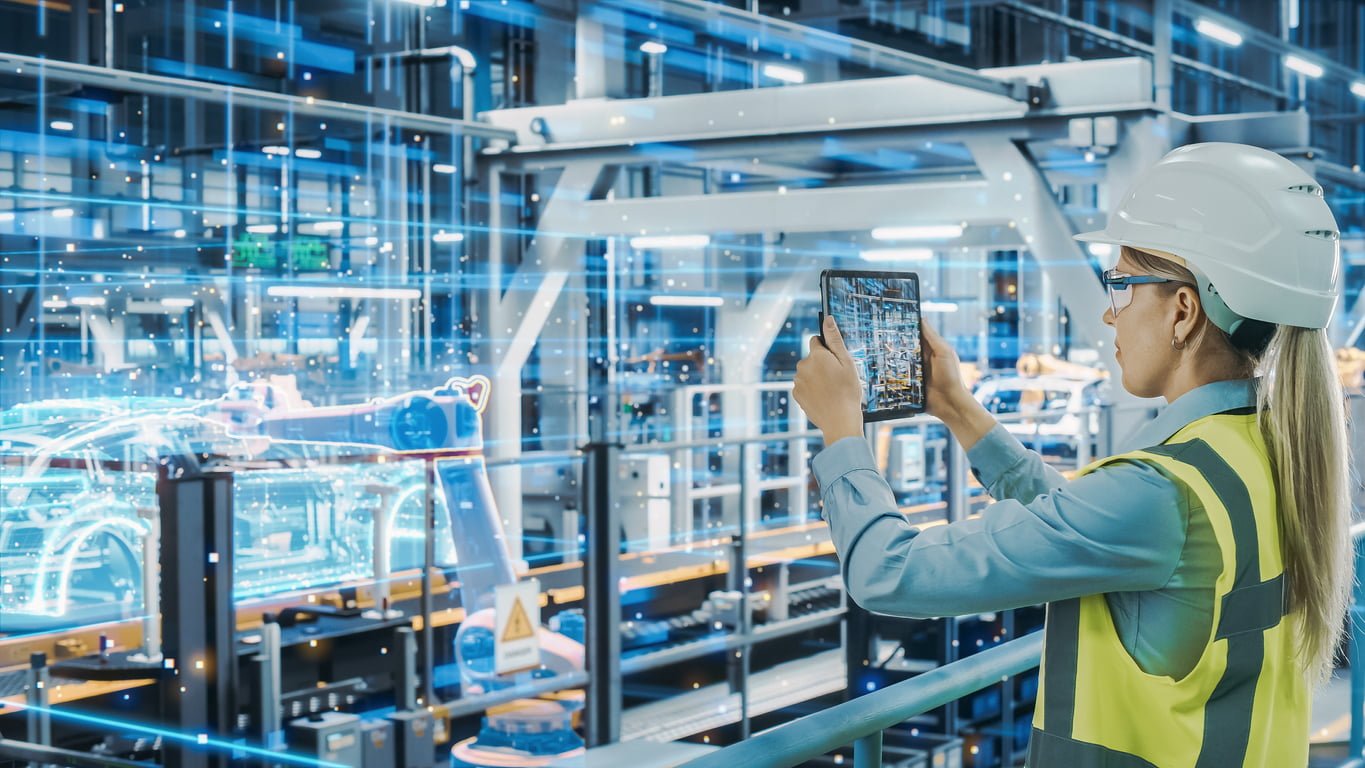
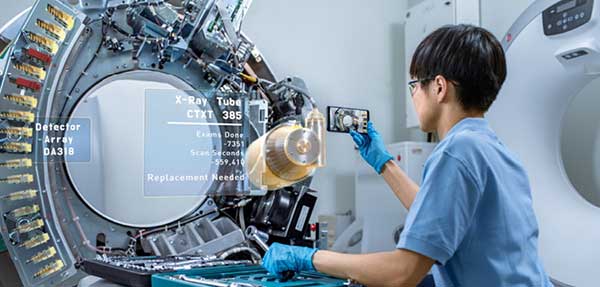

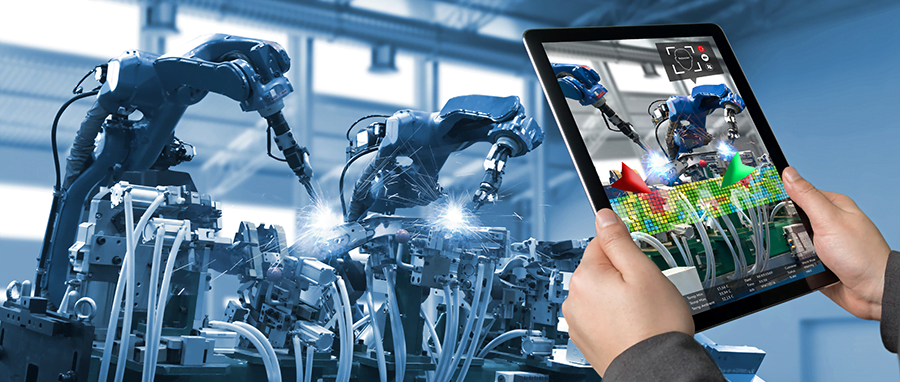
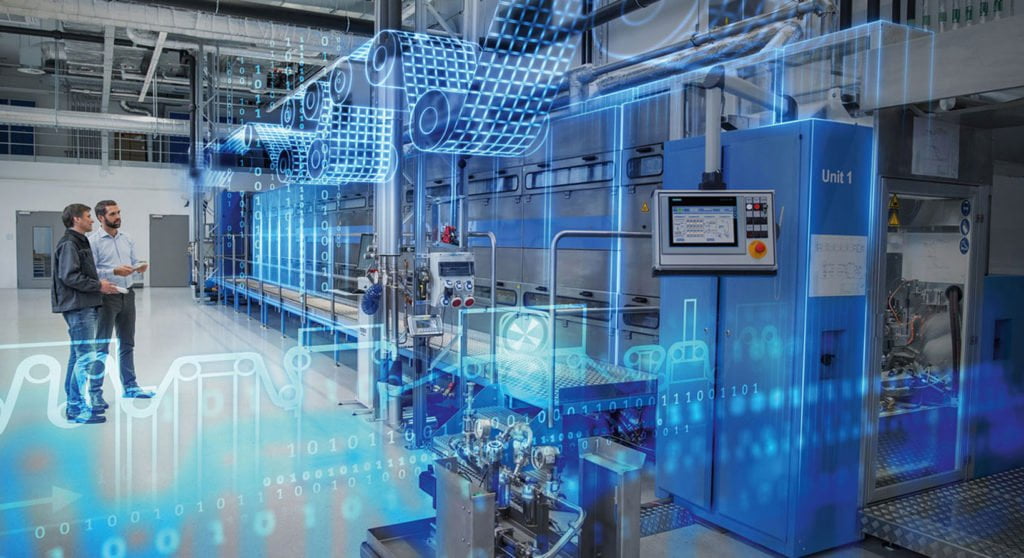
I think you get the point!
That’s the concept of AR.
Heads up Display / Virtual glasses
Add to this the third element – increasingly sophisticated heads-up display technology – and you get future magic that is arriving today and early tomorrow. A few articles give you an idea of what’s possible.
“Recently, a display device such as augmented reality (AR) glasses or a head-up display (HUD) that displays augmented reality by displaying a virtual image such as various images or various information to be superimposed on a scene (real scene) that is actually being seen has been put into practice.
“The AR glasses are also called smart glasses.
AR-enabled smart glasses being tested at Keppel shipyards
4 August 2022. The Straits Times
Consider how this might be used in a mining operation:
On May 22, the underground optical waveguide AR glasses developed by Wuhai Energy Co., Ltd. under China Energy obtained the coal mine safety certificate from the National Center for Safety Standards, the first of its kind to pass the certification. The application of this equipment enables frontline workers to conduct remote failure diagnosis and treatment, remote accident rescue and relief command, intelligent risk screening, smart equipment patrolling, and remote operation instruction and training.
China’s First Coal Mine Certificated AR Glasses Put into Use in Wuhai Energy
2 June 2022, Contify Energy News
Or how they can assist from a medical and healthcare perspective:
* The XRAI Glass glasses use augmented reality to transform audio into captions * These are instantly projected in front of the wearer’s eyes
* Josh Feldman, 23, was born with profound hearing loss and described his experience testing the glasses as ‘quite extraordinary’
While smart glasses were once constrained to the world of science fiction, brands ranging from Snapchat to Facebook have released their own devices in recent years.
Now, a new pair of smart glasses has been launched for people who are deaf or suffer from hearing loss.
The glasses, called XRAI Glass, use augmented reality to transform audio into captions that are instantly projected in front of the wearer’s eyes.
‘We are so proud of the ability of this innovative technology to enrich the lives of people who are deaf and have hearing loss, so that they can maximise potential,’ said Dan Scarfe, XRAI Glass CEO.
‘Whether that means being able to have a conversation while continuing to make dinner or keeping a conversation going while walking with a friend.’
The smart glasses that let deaf people ‘SEE’ conversations: £400 augmented reality sunglasses transform audio into captions that are instantly projected in front of your eyes
29 July 2022, Mail Online
Now consider the hardware that is coming as the original idea of Google Glass – released in 2011 – returns as a valid concept, such as promoted by the planned release of Oppo AR glasses.

To wit:
To understand the space that Oppo’s Air Glass fills in the world of smart eyewear, let’s first consider what it is not. The Air Glass is not a pair of VR glasses, cutting you off from real-world surroundings, nor does it attempt to beam you into the metaverse or any other virtual world. Oppo says that it strives to assist reality rather than augment it.
And consider what might come next from Apple:

Or with Google with Glasses 2.0.
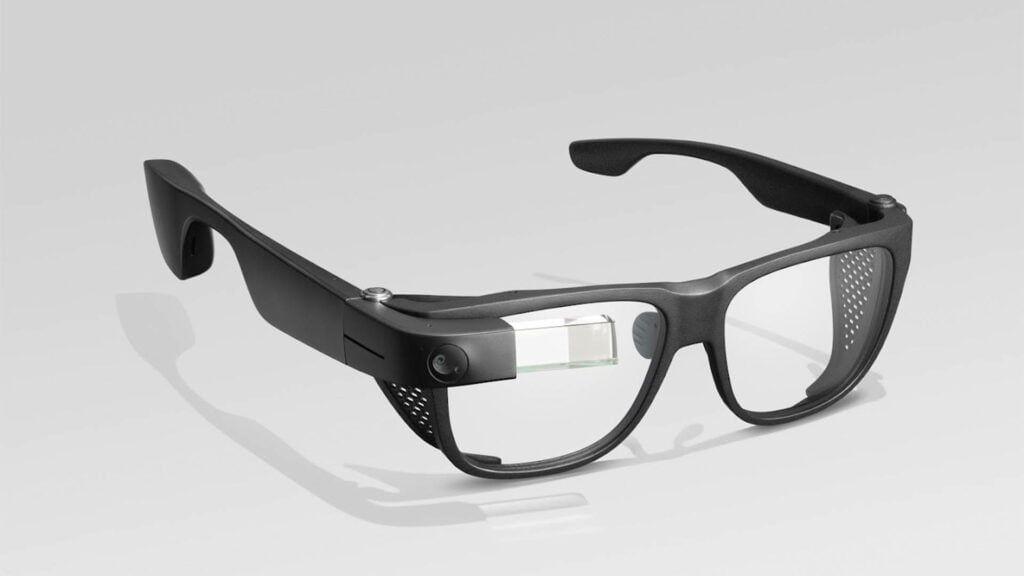
This leads to a world in which a factory or maintenance worker can ‘see’ schematics:
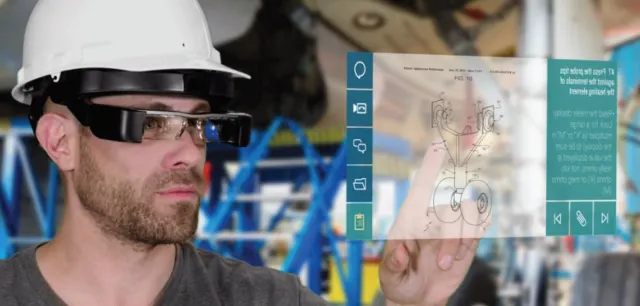
or pull up critical information that is displayed — all without a clunky headset.

As with anything, timing is the big issue. The future is coming at us – it’s just a matter of when.
Apple’s AR glasses could be pushed back to 2025 or 2026 amid ‘design issues’, says analyst; Apple CEO Tim Cook has called augmented reality a “profound technology” that will affect everything
5 November 2022, MarketWatch
But I am convinced that this is a real trend to watch, and we will see both continued developments and a greater number of practical applications into 2023 and beyond.
“Recently, a display device such as augmented reality (AR) glasses or a head-up display (HUD) that displays augmented reality by displaying a virtual image such as various images or various information to be superimposed on a scene (real scene) that is actually being seen has been put into practice.
“The AR glasses are also called smart glasses.
Timing is the big issue
Apple’s AR glasses could be pushed back to 2025 or 2026 amid ‘design issues’, says analyst; Apple CEO Tim Cook has called augmented reality a “profound
technology” that will affect everything
5 November 2022, MarketWatchApple Inc.’s rumored augmented-reality glasses may not appear until 2025 or 2026, according to Jeff Pu, an analyst at Haitong International Tech Research.
The tech giant’s augmented- and virtual-reality moves are being closely monitored, with Apple AAPL reportedly working on an AR/VR standalone headset and AR glasses for everyday wear.In a note reported by PC Mag earlier this year, Pu said the glasses would be announced in late 2024. However, he now believes that they will debut later than that. “We now expect the AR Glass to be postponed to 2025-2026, due to design issues,” he said in an email to MarketWatch.
Apple has been teasing AR for a number of years, fueling talk about the company’s plans for glasses. Citing analyst Ming Chi-Kuo, MacRumors reported last year that Apple AR glasses could appear by 2025.Apple’s AR glasses could be pushed back to 2025 or 2026 amid ‘design issues’, says analyst; Apple CEO Tim Cook has called augmented reality a “profound
technology” that will affect everything
5 November 2022, MarketWatch




GET IN TOUCH
Jim's Facebook page
You'll find Jim's latest videos on Youtube
Mastodon. What's on Jim's mind? Check his feed!
LinkedIn - reach out to Jim for a professional connection!
Flickr! Get inspired! A massive archive of all of Jim's daily inspirational quotes!
Instagram - the home for Jim's motivational mind!